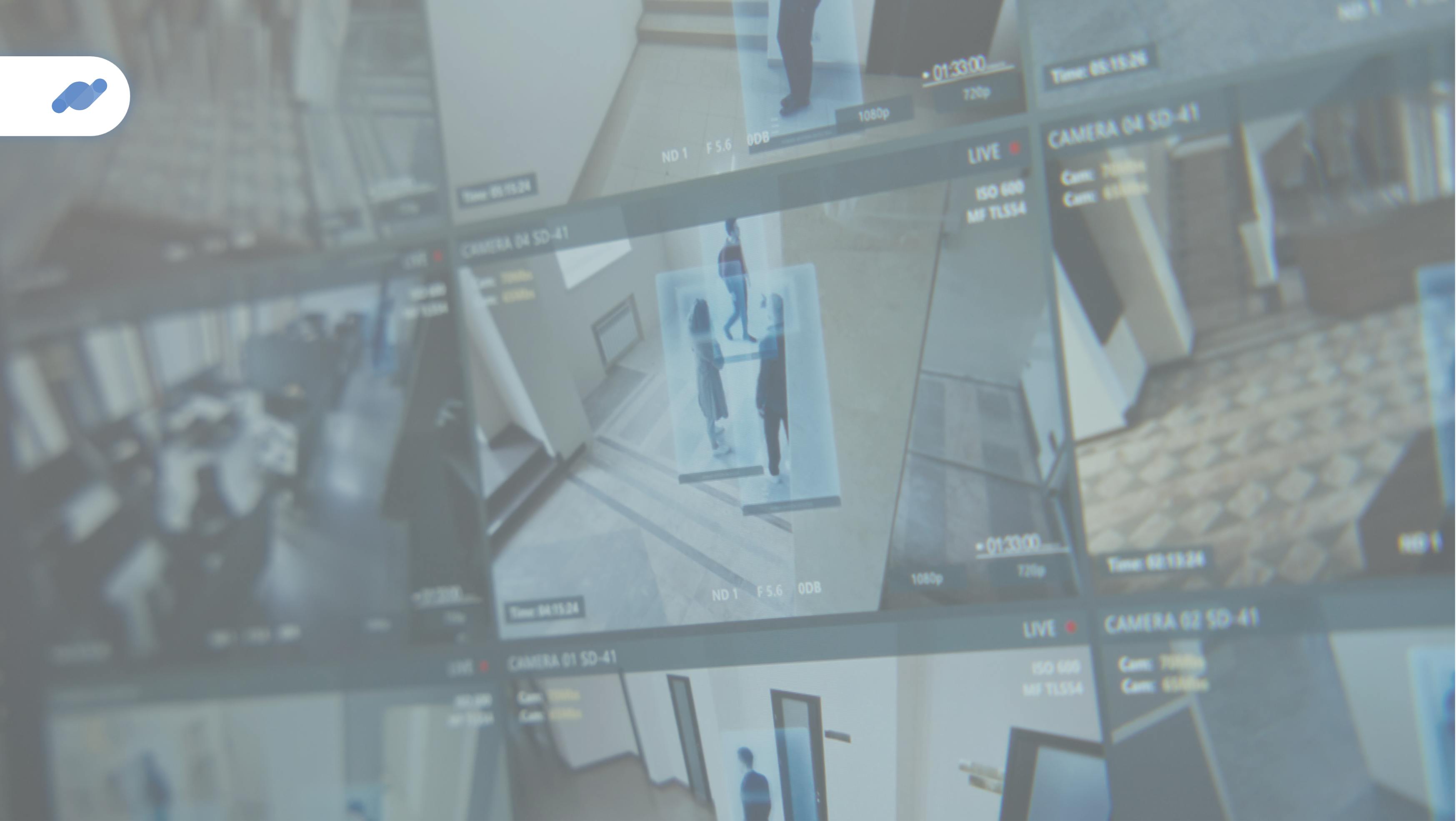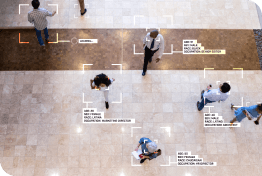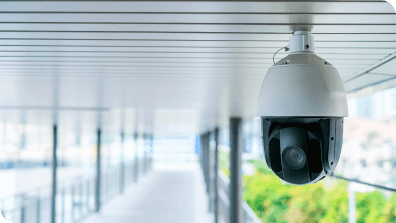
- Artificial Intelligence
AI in Physical Security: Beyond the Buzz, what’s actually working?
Artificial intelligence has moved past the hype stage in physical security. Today, the conversation is shifting from promises to results. Security professionals no longer ask what AI can do. They want to know what’s actually delivering value consistently, reliably, and at scale.
This article highlights real-world applications of AI that are already enhancing physical security operations, based on what practitioners and solution providers are implementing today.
1. AI-Powered video analytics for proactive threat detection
One of the most adopted AI use cases is real-time video analysis. AI models now assist in identifying specific events from live video feeds, reducing false positives and accelerating response times.
What’s working:
- Intrusion detection beyond virtual tripwires (e.g., person loitering near a fence at night)
- Object classification (e.g., distinguishing between people, vehicles, animals)
- Behavioral detection (e.g., crowd formation, running, or abandoned objects)
Example: Use AI-powered video analytics to monitor sensitive zones during off-hours. Distinguish between authorized vehicle activity and suspicious human movement and reduce false alarms by setting intelligent filters that focus only on relevant incidents. This allows patrol units to intervene only when there’s a verified risk.
2. Smart alarm filtering at the monitoring center
AI helps monitoring centers avoid alert fatigue by prioritizing relevant events. Rather than treat every input equally, machine learning models classify and score alarm data based on context and historical patterns.
What’s working:
- Automated suppression of repetitive nuisance alarms
- Prioritization based on risk level or frequency patterns
- Intelligent correlation between events (e.g., motion + open door = valid incident)
Example: Use AI-driven filtering to triage thousands of daily alarms. Automatically suppress recurring false alerts, elevate high-risk patterns, and free your operators to focus on genuine threats. This results in faster decision-making and more efficient resource use.
3. AI-driven access control anomalies
Access control logs are a goldmine of underused data. AI can detect patterns that human admins might miss, such as irregular badge use or unusual time entries.
What’s working:
- Alerting on tailgating or door propping events
- Spotting deviations in employee routines (e.g., badge use in restricted areas)
- Predicting insider risk through cumulative behavior analysis
Example: Implement AI to continuously analyze access logs and flag suspicious badge activity. Get early alerts on behaviors like late-night access or unusual entry sequences that deviate from routine, helping you proactively investigate before a security incident escalates.
4. Perimeter monitoring with AI + Thermal or radar sensors
AI is now frequently layered on top of thermal imaging or radar data to strengthen perimeter security, especially in environments with low visibility or harsh weather.
What’s working:
- Tracking intruders across blind zones or low-light areas
- Filtering non-human activity (e.g., animals vs. people)
- Integrating with drone patrols or smart lighting systems
Example: Deploy AI-enhanced thermal or radar sensors around critical infrastructure to detect unauthorized movement. Combine them with automated verification tools like drones or PTZ cameras to get real-time visual confirmation, minimizing reliance on physical patrols, especially in remote or high-risk areas.
5. Predictive maintenance for security devices
Security systems can only perform as expected when hardware works flawlessly. AI is increasingly used to detect failing components before they cause downtime.
What’s working:
- Identifying failing cameras or sensors based on performance patterns
- Monitoring bandwidth usage anomalies in networked security setups
- Predictive replacement alerts based on usage and device history
Example: Set up AI-powered monitoring for all security hardware across sites. Detect signs of malfunction (like reduced frame rates or temperature spikes) and replace devices before failure. This reduces blind spots and avoids reactive maintenance.
6. AI-assisted incident reporting and documentation
Documentation is a time sink in security. AI is now helping generate structured reports by extracting key incident data and formatting them automatically.
What’s working:
- Summarizing video evidence with time stamps and key frames
- Auto-filling incident logs based on operator voice input
- Linking video, access control, and alarm data in a single timeline
Example: Use AI to speed up post-incident workflows. Generate pre-filled reports, extract timelines from multi-source data, and reduce the time your team spends writing summaries. This boosts both accuracy and accountability.
Final takeaway
AI in physical security is no longer experimental. From filtering alarms to detecting intrusions and streamlining reports, it actively solves everyday problems. But success depends on integration: AI works best when layered into existing systems with clear objectives and trusted data. For security professionals, the next step isn’t testing AI, but it’s scaling what already works.


